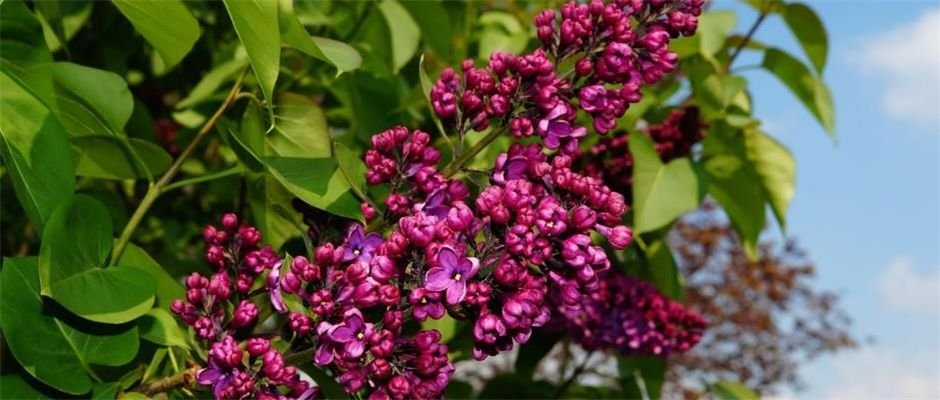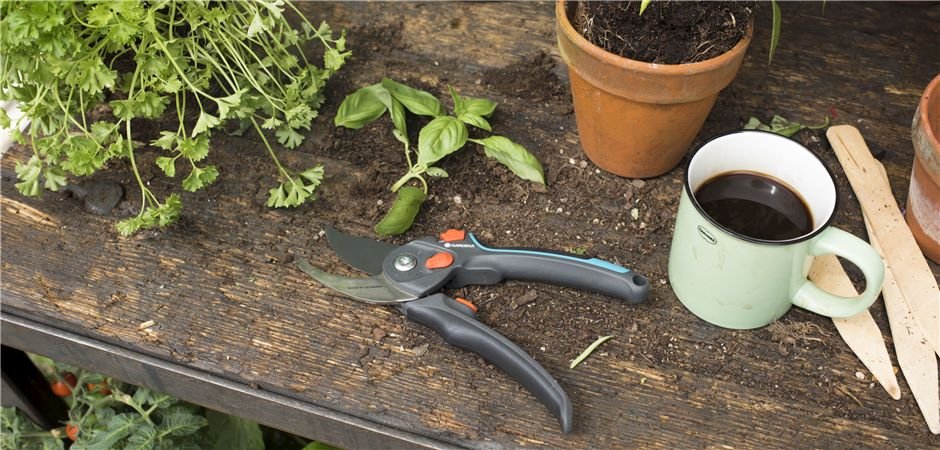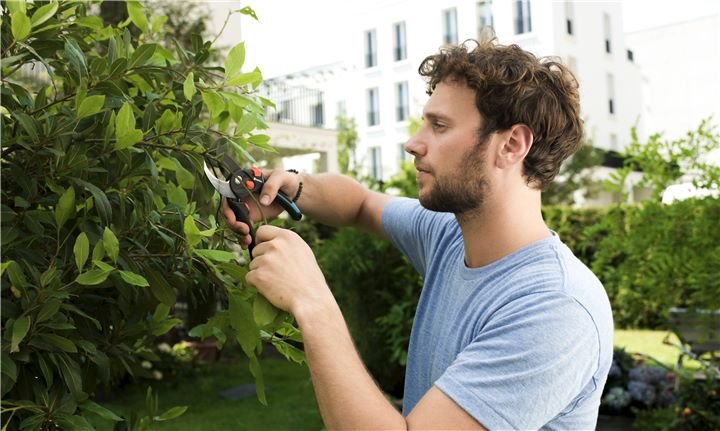Is tree pruning necessary?
As tree pruning is quite a tough job, you may ask whether it is really essential. The answer is yes and no: trees can survive without pruning, but good pruning makes them grow better and produce more blossoms and fruit. Pruning also allows you to play a bigger part in the architecture of your garden, by shaping shrubs and trees and keeping them under control. Try it, and you’ll notice that a few hours’ work makes an amazing difference to your garden, both now and next year.
Summer and autumn flowering trees

Generally, summer and autumn flowering trees should be pruned when they are dormant, in winter or early spring. This is so tree pruning won’t disrupt fruit or flower production, and because there is less chance of disease or insect infestation in winter. Most trees will also be free of leaves, allowing a better view of their branch structure.
Young fruit trees are an exception. On first being planted, they need to be ‘trained’ in their first year, by pruning them in the summer when they have developed 3-4 inches of new growth. This helps them to develop broad, well-spaced branches which allow sunlight to reach fruit and blossoms. Prune regularly for three years until they have established a good shape, then prune as a mature tree.
Winter pruning:
- Remove branches which cross over, rub together or seem to be competing for space.
- For your own convenience and safety, remove any branches which are in your way or threatening to cause hazards or damage. This includes dead or damaged branches which could snap off and cause injury. Removing unhealthy branches is also good for the tree.
- Remove suckers from fruit trees. Suckers are new growths that look like thin branches and often grow straight upwards from the base of the tree. They take up energy and resources which could be put into fruit.
Spring flowering trees and shrubs
With many flowering shrubs such as lilac, forsythia and rhododendron, pruning is important for controlling the shape and size of the plant and keeping it looking healthy. However, spring flowering trees and shrubs often develop next year’s buds as soon as they have finished flowering, meaning that winter pruning would result in the loss of next year’s blossoms. Prune these plants in early summer when they have finished blooming, but have not yet started forming next year’s buds.
Here’s how:
- On shrubs with multiple stems, remove some of the older ones to encourage new growth and a bushier appearance next year.
- If the shrub is looking overgrown and tired, find out whether it is a variety which can be ‘rejuvenated’. This is an extreme form of pruning which involves cutting stems down as low as 4-6 inches to encourage full regrowth.
- Remove ‘deadheads’ (spent blooms) before they go to seed, so shrubs can put more energy into next year’s buds.
Tools for tree pruning
If you don’t already have some, buy some good quality secateurs and loppers (long-handled secateurs). These will serve you well for many pruning tasks, with loppers capable of cutting through branches of up to 2 inches. Shears are the best tool for deadheading blooms.
If you have larger trees, you may also need a saw. You can use a normal saw, but special tree pruning saws are available which are specially designed to deal with tree sap.
- Remember to clean pruning equipment by wiping it down with rubbing alcohol after use to prevent the spread of disease.
- Keep your tools sharp to make the job easier and produce a cleaner cut.




